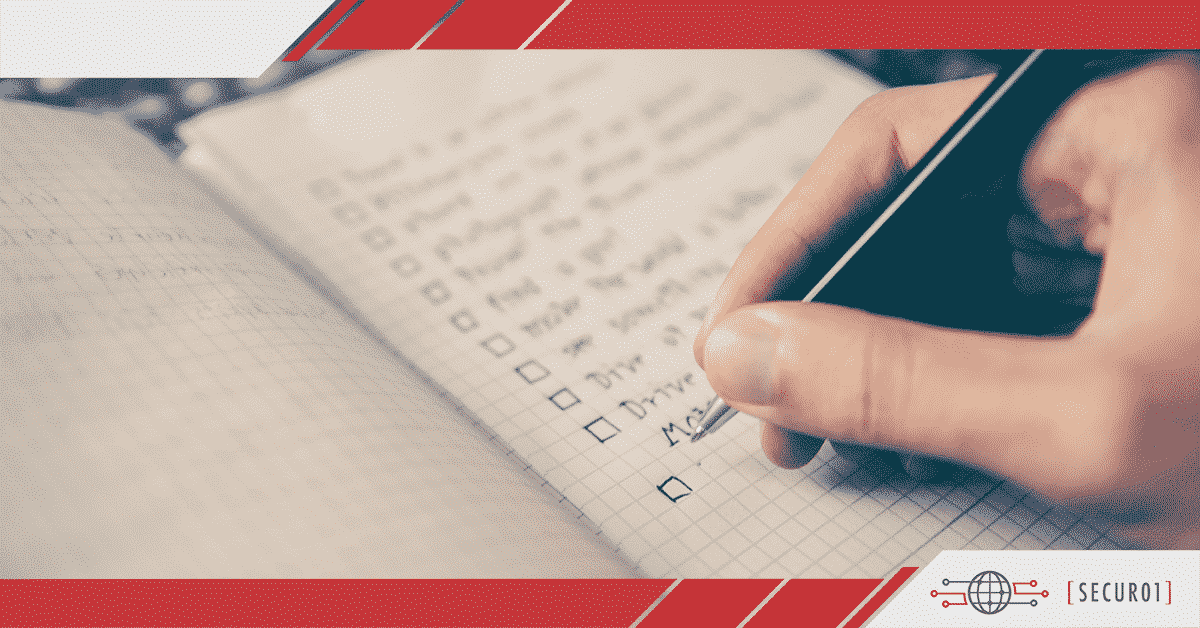During the past few years, there has been a rapid rise in the number of workers who work remotely. Numerous benefits come with working remotely. This includes both companies and workers. On the company side, working remotely allows companies to reach out and cast a wider net when it comes to employees. This will enable them to work with talented professionals who might not be in their local area. This could increase productivity and efficiency, driving more revenue. On the worker side, there are some apparent advantages as well. Workers can work in the comfort of their own home, avoid the hassle of a morning commute, and spend time with family members who might need their assistance, including young babies and elderly loved ones. This also allows workers more autonomy, flexibility, and free time (to the extent the company allows).
On the other hand, some significant challenges come with working remotely. The most formidable challenge that both employees and companies have to address is the balance of functionality and security. When working remotely, employees are going to have to have access to the same service that they would typically have in their own office. This includes information, applications, and internal services. On the other hand, the company still has to protect its systems. This includes servers, networks, data, applications, and information. Working remotely clearly introduces some new vulnerabilities that companies must address. For organizations to keep their information safe while still allowing workers the freedom to work remotely, there are additional security precautions that have to be implemented. It is these precautions that will prevent criminals from taking advantage of these vulnerabilities, threatening the company’s data and that of its customers. With this goal in mind, there are a few tips that everyone must note.
Understand the Numerous Threats to Remote Workers
Before a company can install security measures to protect its information, it has to understand the threats that exist to the company through the channel of remote workers. The unfortunate fact is that working remotely can increase the chances of something compromising the organization’s most sensitive information. There are several portals through which bad actors might try to steal information and data from the company. Some of the methods that criminals might use include:
- The Physical Device: When workers work from home, they aren’t always at home. It is difficult to steal a device from a company’s office building because there are numerous layers of security through which that person will have to pass. When workers work remotely, they might be in a public place. Think about a park, a library, a café, or any other area with a public internet connection. These are places where someone might physically steal the device and break into it later. They might also install malware on the device without that person noticing. This is a significant threat that companies must address.
- Phishing Attacks: Another common method that criminals will use is called a phishing attack. This is where criminal emails or contacts a victim and poses as an organization that requests sensitive information. This might include login credentials, bank account information, credit cards, or information about the company. If the employee doesn’t realize that a phishing attack is taking place, he or she might not even understand what has just happened.
- Social Engineering: Another method that a criminal might use is called social engineering. This is where a criminal seeks to gather information about the organization. This can be done through public means that as through social media accounts or a corporate website. This information can be used to make the phishing attack more believable, which makes it even more dangerous. This is one of the reasons why companies should seek to limit the amount of information they share online.
- Ransomware Attack: This is one of the most devastating attacks that exist when it comes to remote workers. In a ransomware attack, a criminal uses previously installed malware to access a device. Then, the virus locks up the device and freezes all data. This makes it impossible for anyone to access the data until a large ransom has been paid. While IT professionals might work hard to unlock the device, these attacks usually take place against organizations where certain work activities are time-sensitive. The result is that people might not have time to unlock the device.
- Wireless Hijacking Attack: This is another common threat today. In this type of attack, a criminal will use a “spoofed” Wi-FI network. They might craft one with the same name, attempting to trick people into connecting to it. When workers work remotely, this is a significant concern. When someone connects to the network, they have access to the computer and might lose all of their data.
- Manipulate Traffic: Finally, a criminal might seek to infect a mobile device with some malicious code. Then, the criminal can use this code to manipulate traffic to influence the data. Then, the criminal can use this to obtain access to the network of the company. This places everyone else, and their data, at risk.
These are only a few of the biggest threats to companies that exist today. With workers working remotely more often than ever before, these concerns are also more prominent than ever before. This is why companies need to take steps to protect themselves and their workers against these attacks.
Managing Mobile Devices
- One of the most critical steps that companies can take to protect their workers who work remotely is to manage their mobile devices closely. If possible, companies should make their employees only use work devices when working remotely. This allows the organization to have more control over the security of these devices and prevents company information from being stored on personal devices. They can enforce their company policies, taking steps to protect the data on those devices. When employees use personal devices of some sort for work, there are a few risks that will quickly rise to the surface. These include:
- Security: Many people do not update the security information on their computers regularly. The result is that there could be vulnerabilities on the device that goes unnoticed.
- Passwords: One of the most significant holes on personal devices has to do with weak passwords. When people put their passwords on their computers, there are often no rules to follow. The result is that passwords are vulnerable. There might not even be a password at all. Furthermore, few people change their passwords regularly. This makes it easier for someone to steal this information and hack into a device quickly.
- Control: Finally, organizations also surrender control over their information. Employees who work remotely might store company information on their devices at will. This increases the number of opportunities a criminal has to steal this information.
Therefore, companies should force employees who work remotely to use a company device when they can. They should also be following the company’s policies when it comes to storing information. This can go a long way toward communicating best practices, which will protect the information of the company.
Train Employees Properly
Furthermore, companies need to take the time to train their employees regularly. If an employee is working remotely for the first time, the transition can be challenging. This is why it is essential to take steps to put workers in a position to succeed, even when they work remotely. Specific measures have to be taken to make sure that this transition is going to be successful. Some of the tips to keep in mind include:
- Companies need to make sure they have firm policies and procedures in place. For example, the policies need to state when it is acceptable to use personal devices, how corporate devices are to be used, and how this information is going to be managed.
- Next, companies need to ensure that their employees who work remotely know who to contact if they have a question about something. They need to have this information and should be able to reach someone whenever they have a question regarding their device. This includes if something happens regarding the security of their device and if it gets stolen.
- All employees must be trained on current cybersecurity issues. It is only through this training that they will be able to spot and respond appropriately to many of the threats that were listed above.
Companies need to put their employees in a position to be successful. These simple steps can go a long way toward doing exactly that.
The Latest Security Tools
When employees work remotely, there are security tools that they can use to protect themselves. This is important for protecting the company, as well. By taking steps to employ these security tools, the risks of malicious intrusions will be reduced. These tools can reduce the risk to an organization; however, it is also important to remember that no tool is going to be perfect. Therefore, companies need to implement additional security controls, as well.
- VPN: This stands for a virtual private network. This is one of the essential tools that all companies should be employing for those who work remotely. This is an encrypted tunnel that protects information as it is sent through the various channels of the internet. A VPN can be used to set up a secure connection that has additional layers of authentication. This can also be used to create a private channel through which people can communicate with the company.
- Firewalls: This is one of the most basic security measures. This is a barrier that is set up between two networks. This barrier controls the amount of information and the type of traffic that might pass through the networks. In this manner, a firewall adds to the security by keeping track of all traffic that comes in and goes out of the network itself.
- Antivirus Software: This is another basic layer of protection that all devices should have. The goal of antivirus software is to scan incoming information to look for malware. If anything is spotted, it can be addressed, attacked, and deleted before it infects the network. It is essential for all employees who work remotely to make sure their antivirus software is kept up to date.
Protect Devices and Information
Finally, all companies need to make sure that their employees who work remotely take steps to protect both devices and information. Some of the tips that everyone should be following include:
- Take advantage of multi-factor authentication. Often shortened to 2FA, this is a type of security protocol where people have to pass through two or more layers of security to log in to a server.
- Make sure that passwords protect all screensavers. This means that the instant the screensaver goes up, there is a password layer of protection that is added.
- Update and patch all devices regularly. Patches are put into place to fix vulnerabilities in the security of various systems. If there is an update, it must be installed.
- Everyone should be taking steps to back up information regularly. This protects data from being lost or stolen.
- Ensure that all information is encrypted. This is done to protect the confidentiality of any information that is deemed sensitive.
- Make sure that Bluetooth and Wi-Fi are turned off when they are not in use. This prevents others from trying to connect to the device.
These are a few of the primary measures that everyone should be taking.
Trust the Professionals
Anyone who has employees who work remotely today must rely on trained professionals for help. This is an integral part of cybersecurity. If you have workers who work remotely that you want to protect, give us a call today. We would be happy to help you protect your information from harm.





